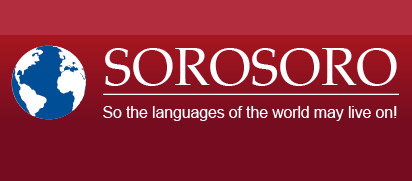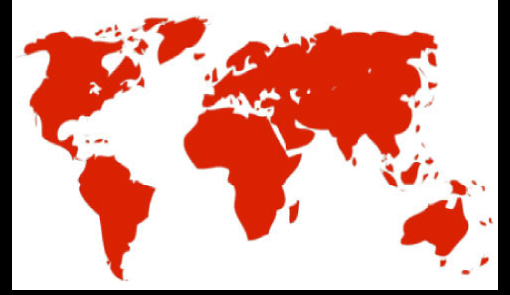Print  |
|

Numerical classifier
In many languages, it’s impossible to directly state numbered items and a “numerical classifier” has to be added to numbers. For instance, in Chinese, we have:
sān ge rén three people
sān tóu yáng three sheep
sān zhī gāngbǐ three pens
sān zhāng zhuozi three tables
The numerical classifier ge applies for human beings, tóu for certain pets, zhī for long or cylindrical objects, zhāng for flat objects…
In reality, numerical classifiers only make up a rule for a dynamic which already exists in English, although it is still in embryonic stages. In English, certain notions are referred to as uncountable, the morphological criteria being the use of “some”. For instance, we say some water, some paper, some sugar. But in reality, we are referring to individual entities, although they are often small.
To count them, individuality must be assessed by describing the entity: three liters of water, three sheets of paper, three pieces of sugar… This is why numerical classifiers often appear in languages without grammatical numbers, meaning when words are treated as uncountable. Let’s compare the words “paper” and “pen” in English and in Chinese:
zhǐ some paper
sān zhāng zhǐ three sheets of paper
gāngbǐ a pen, pens (as if we were saying “some pens”)
sān zhī gāngbǐ three pens (as if we were saying “thee sticks of pen” on the same pattern as “three sheets of paper”)
As in English, instead of actual classifiers, we use metric units (three pounds of sugar, three meters of fabric, three liters of water…) or containers (three cups of coffee, thee glasses of water, three bags of rice…).
Note: Warning, zhǐ “paper” is different from zhǐ “classifier of long objects”, as explained before: the inflection is different.








